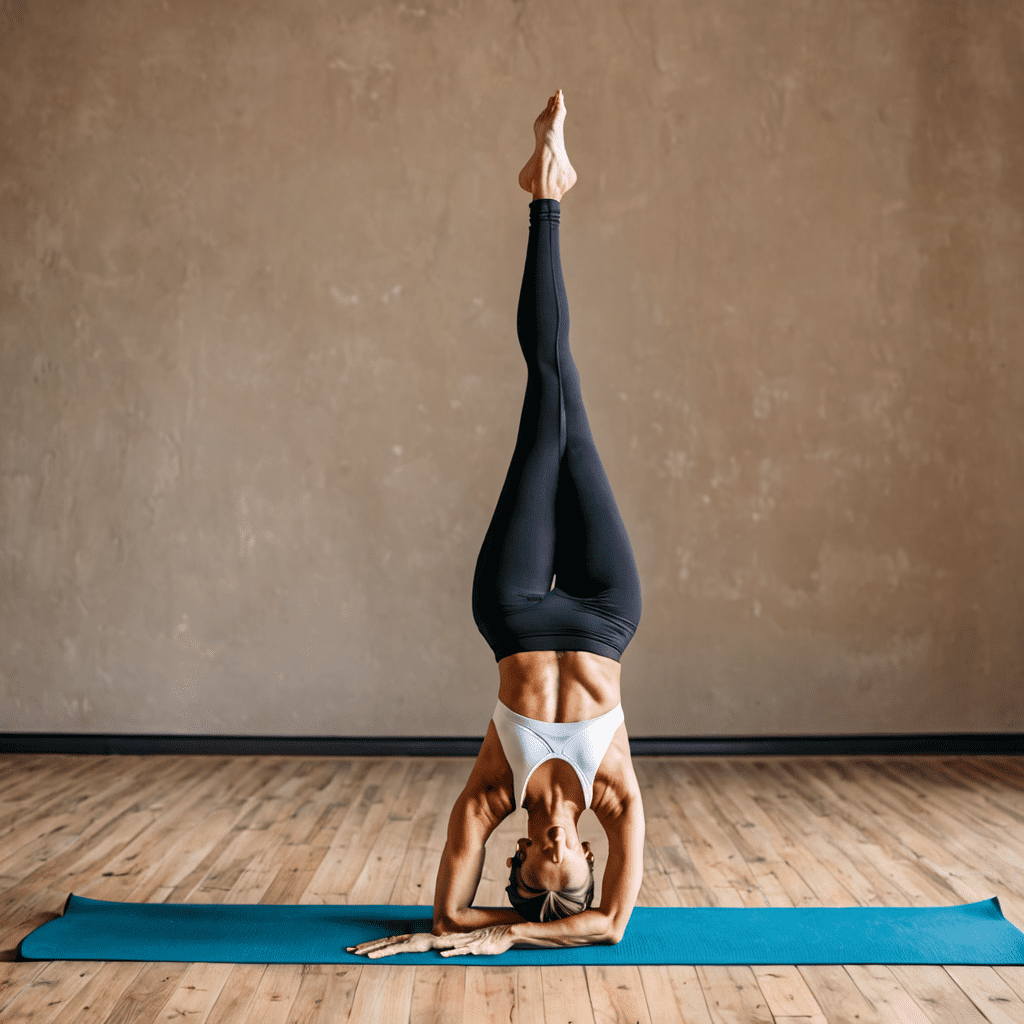
Yoga for Beginners: Understanding the Benefits of Inversions
Yoga is a practice that offers a multitude of physical and mental health benefits. Inversions, where your heart is positioned above your head, are a fundamental aspect of yoga that can provide unique advantages for beginners and seasoned practitioners alike. Let’s delve into the benefits of incorporating inversions into your yoga routine.
The Basics of Inversions
Inversions involve poses where your head is positioned below your heart. This can include poses like Headstand, Handstand, Shoulderstand, or even Downward-Facing Dog. Inverting your body has both physical and mental benefits that contribute to overall well-being.
Physical Benefits of Inversions
Inversions help improve circulation, as they reverse the blood flow in the body. This can aid in lymphatic drainage, which helps eliminate toxins from your system. Additionally, inversions can strengthen your core, shoulders, and arms while also improving balance and awareness of body alignment.
Mental Benefits of Inversions
Aside from the physical benefits, inversions can also have a calming effect on the mind. When you practice inversions, it can help reduce stress and anxiety levels, improve focus and concentration, and even boost your mood by increasing blood flow to the brain.
Building Inversion Practice Safely
It’s essential for beginners to approach inversions with caution and under the guidance of a qualified yoga instructor. Building strength, flexibility, and body awareness through foundational poses is crucial before attempting advanced inversions to prevent injuries and ensure a safe practice.
Best Inversions for Beginners
If you’re new to inversions, poses like Legs-Up-the-Wall (Viparita Karani), Dolphin Pose, and Supported Shoulderstand (Salamba Sarvangasana) are excellent options to start with. These poses provide the benefits of inversions while being more accessible for beginners.
Conclusion
Incorporating inversions into your yoga practice can offer a wide range of benefits for both your body and mind. Gradually integrating these poses into your routine, with proper alignment and guidance, can enhance your overall yoga experience and contribute to your well-being. Remember, patience and persistence are key when exploring inversions as a beginner.
FAQ About Yoga for Beginners: Understanding the Benefits of Inversions
What are inversions in yoga?
Inversions in yoga refer to poses where the head is positioned below the heart. Examples include headstands, shoulder stands, and handstands. These poses promote blood circulation and offer unique benefits to the body and mind.
Are inversions suitable for beginners?
While inversions may seem challenging, beginners can start with simpler variations like downward-facing dog or legs up the wall. It’s essential to gradually build strength, stability, and confidence before attempting advanced inversions.
What are the benefits of inversions for beginners?
Inversions help improve blood flow, boost lymphatic drainage, strengthen core muscles, enhance balance, and reduce stress. Beginners can experience increased energy, mental clarity, and a sense of calmness through regular practice of inversions.
How can beginners safely practice inversions?
Beginners should practice inversions under the guidance of a qualified yoga instructor to ensure proper alignment and avoid injuries. Starting with preparatory poses, building core strength, and listening to the body’s signals are essential for a safe inversion practice.


